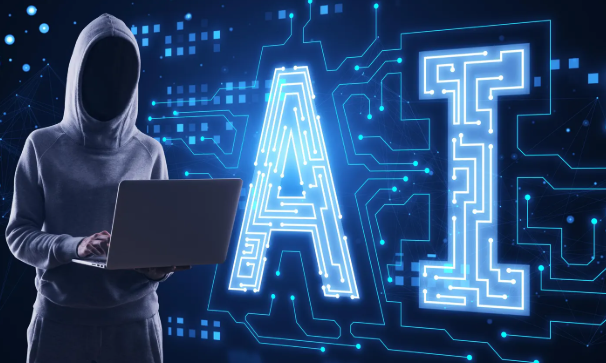While Artificial Intelligence offers powerful tools for cybersecurity, it also introduces new risks that organizations must carefully manage. Understanding these risks is crucial to deploying AI solutions safely and effectively in digital defense.
Adversarial Attacks on AI Systems
Cybercriminals are developing techniques to trick AI models by feeding them manipulated data, causing the AI to misclassify threats or overlook attacks. These adversarial attacks can undermine the reliability of AI-based defenses.
Overreliance on AI
Dependence on AI for threat detection and response may lead to complacency. If organizations trust AI blindly without human oversight, they risk missing sophisticated attacks or falling prey to AI system failures.
Data Privacy and Security Concerns
AI requires large datasets, often including sensitive user information. Improper data handling or breaches in AI systems can expose confidential data, raising serious privacy and compliance issues.
False Positives and Alert Fatigue
AI may generate many false alarms, overwhelming security teams with alerts. This can cause critical threats to be ignored or delayed in response due to alert fatigue.
Bias and Inequity in AI Models
If training data is biased or incomplete, AI systems may make unfair or incorrect decisions. This can lead to security gaps or unintended consequences in threat detection.
Complexity and Lack of Transparency
Many AI models operate as “black boxes,” making it hard for security professionals to understand how decisions are made. This lack of transparency can hinder trust and compliance with regulatory requirements.
Integration and Operational Challenges
Deploying AI into existing security infrastructure can be complex, costly, and time-consuming. Poor integration may create vulnerabilities rather than solving them.
Potential for AI-Powered Cyber Attacks
Attackers may harness AI themselves to create more advanced, automated, and targeted cyberattacks, escalating the threat landscape.
Conclusion
AI’s risks in cybersecurity require careful management through human oversight, ethical practices, and robust security frameworks. Balancing innovation with caution will ensure AI enhances cybersecurity without introducing new vulnerabilities.






Leave feedback about this